The North Korean military fired two short-range ballistic missiles in a drill simulating a "tactical nuclear strike," the KCNA news agency reported on August 31. The targets were South Korean military headquarters and military airports along the inter-Korean border. The missile launch was announced after the US sent B-1B heavy bombers to participate in the joint "Ulchi Freedom Shield" exercise with South Korea.
Nuclear attack drill in the middle of the night
The North Korean People's Army (KPA) said its nuclear-armed forces in the country's western region launched two ballistic missiles in a northeasterly direction from Pyongyang International Airport. The North Korean military "accurately carried out the nuclear strike mission through aerial explosions at the designated altitude some 400 meters from the sea target," the KPA said.
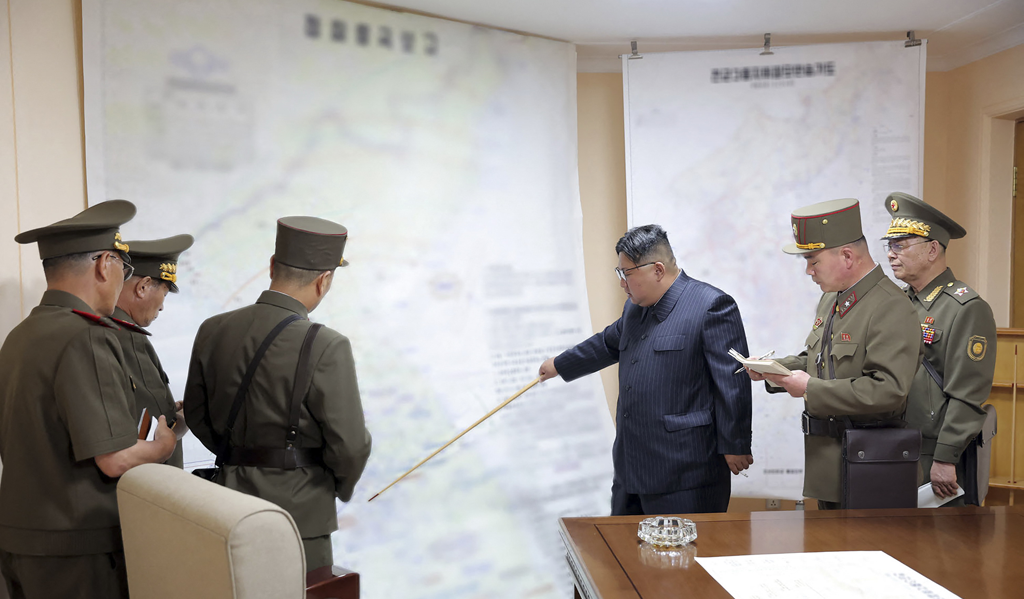
North Korean leader Kim Jong-un directs military drills
According to KCNA, the drills were intended to send a warning message to South Korea and the United States that North Korea is ready to resolutely respond to any attack plot and has the capability to do so.
Yonhap news agency quoted a source from the South Korean Joint Chiefs of Staff (JCS) as saying that it detected two short-range ballistic missiles launched from North Korean territory towards the sea between the Korean Peninsula and Japan. The Japanese Ministry of Defense determined that the two missiles left the launch pad at 11:38 p.m. and 11:46 p.m. on August 30 (local time). Both traveled 350 km and 400 km respectively before falling outside Japan's Exclusive Economic Zone (EEZ). Japan said it was coordinating with the US, South Korea and other countries to analyze the two launches.
In another report, KCNA announced that the North Korean military also held a command-level military exercise on August 29 in response to the joint South Korea-US drills. Leader Kim Jong-un oversaw the exercise, which was designed to "repel a surprise attack and deliver a retaliatory blow to take control of the entire South Korea."
US bombers arrive for drills
North Korea's move came as the joint military exercise "Ulchi Freedom Shield" between South Korea and the US officially ended yesterday. A day earlier, the South Korean Ministry of Defense said that under the framework of the above exercise, "US strategic bombers took on the main mission in the air force exercise with the escort of South Korean FA-50 fighters and US F-16s," according to Yonhap. The content of this exercise is unclear, but this is the 10th time the US has deployed B-1B strategic bombers to participate in exercises with South Korea since the beginning of the year.
Also on August 30, US bombers participated in a joint exercise with Japan. Reuters reported that the US Air Force deployed two B-1Bs and the Japan Air Self-Defense Force deployed 12 fighters, including four F-15s. The exercises between South Korea and the US and the US and Japan are said to be aimed at responding promptly in case of incidents on the Korean Peninsula.
In light of the above situation, Professor Leif-Eric Easley of Ewha University (South Korea) commented that North Korea's dual missile launch during this period may be aimed at demonstrating its ability to attack at any time and from many different directions.
Japan proposes record defense budget
Yesterday, the Japanese Ministry of Defense proposed a record defense budget, asking the parliament to approve spending of 7,740 billion yen (53 billion USD) for the 2024-2025 fiscal year, an increase of 6.8 billion USD compared to the 2023-2024 period to promptly respond to new situations related to China and North Korea, according to AFP.
Specifically, the Japanese Ministry of Defense requested 380 billion yen for the project to build two new warships expected to be equipped with the US-made Aegis missile defense system, plus 755 billion yen to upgrade defense capabilities, such as purchasing more missiles. Japan also plans to invest 75 billion yen in efforts to develop hypersonic missile interception capabilities with the US in the near future.
The proposal announced on August 31 is part of Japanese Prime Minister Kishida Fumio's plan to increase defense spending to 2% of GDP by 2027.
Source link


![[Photo] Looking back at the impressive moments of the Vietnamese rescue team in Myanmar](https://vstatic.vietnam.vn/vietnam/resource/IMAGE/2025/4/11/5623ca902a934e19b604c718265249d0)




![[Photo] "Beauties" participate in the parade rehearsal at Bien Hoa airport](https://vstatic.vietnam.vn/vietnam/resource/IMAGE/2025/4/11/155502af3384431e918de0e2e585d13a)
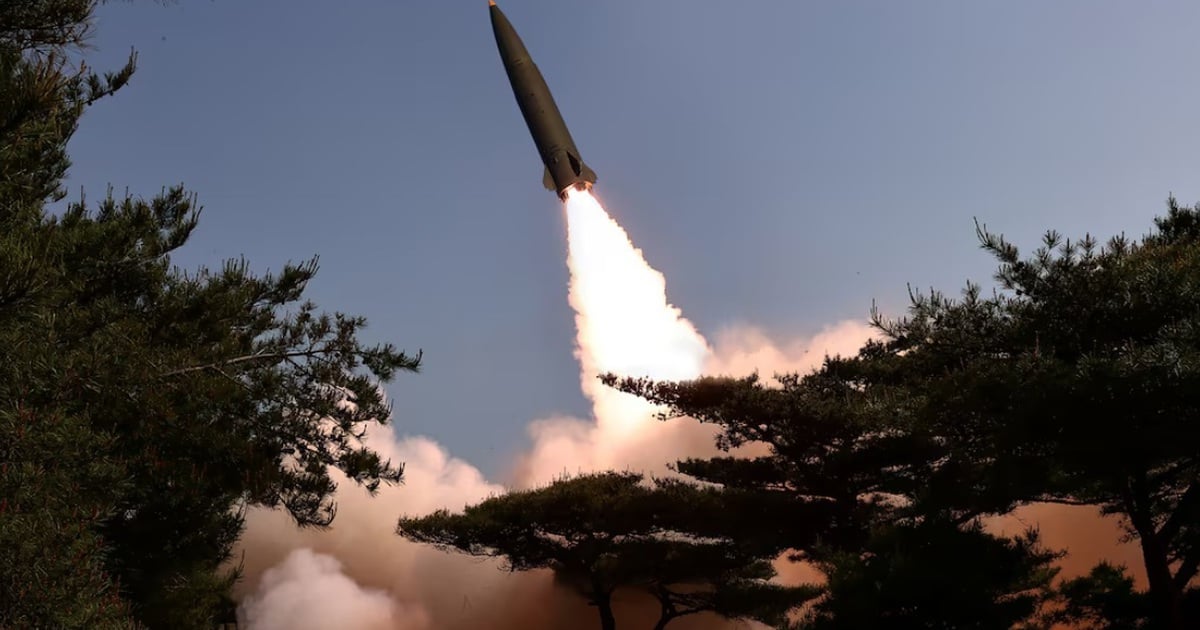
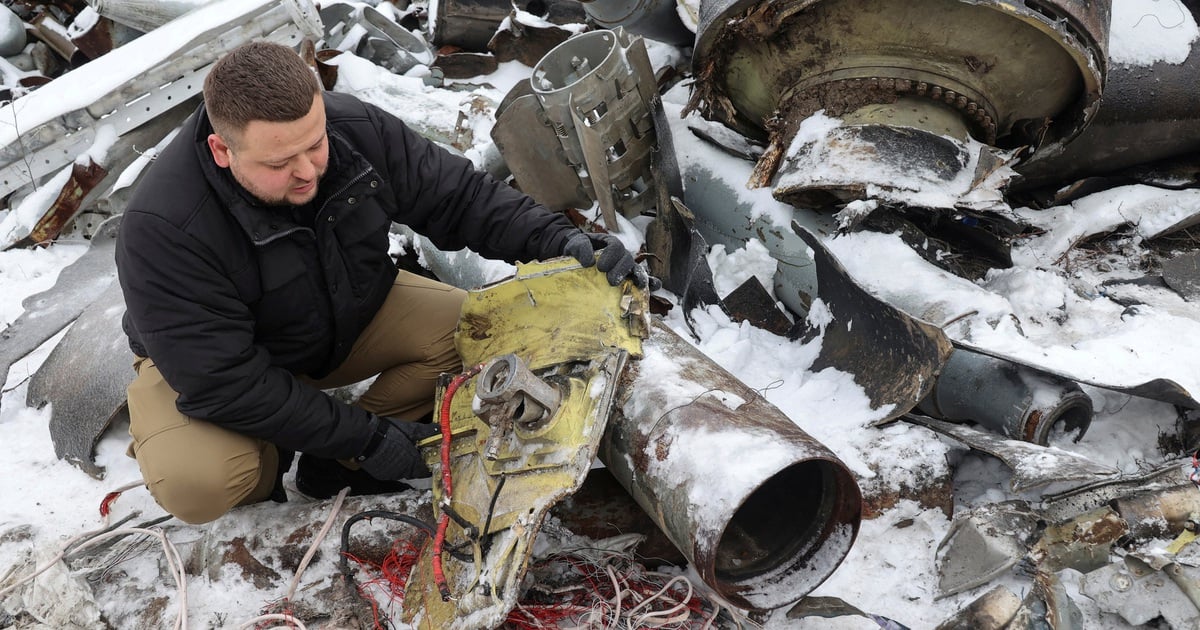
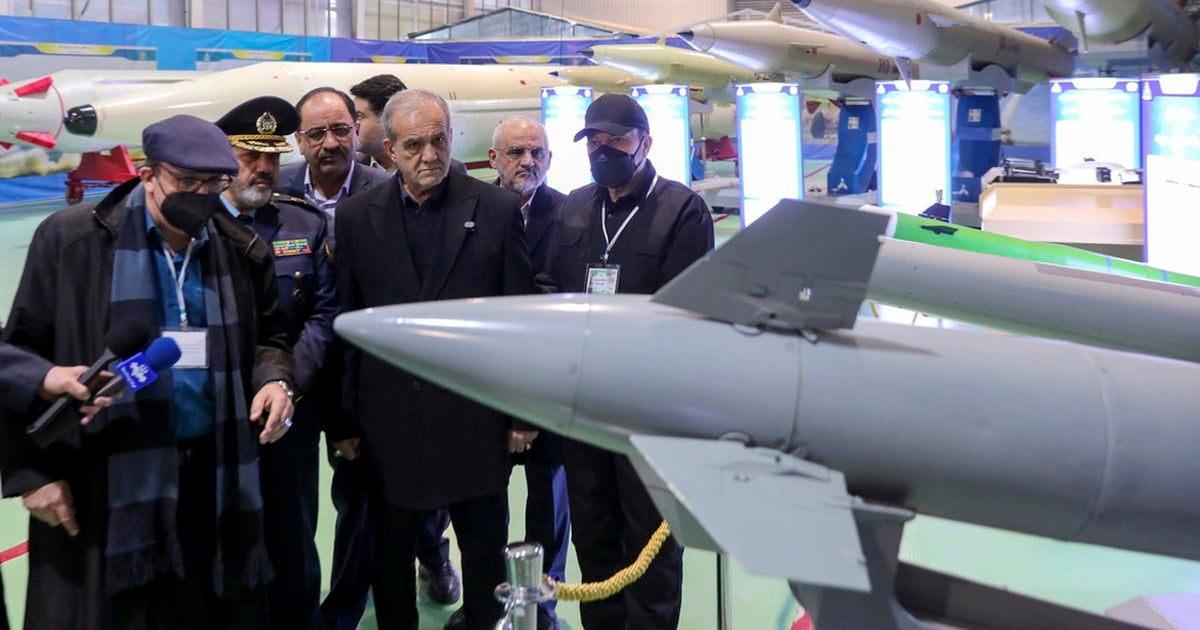
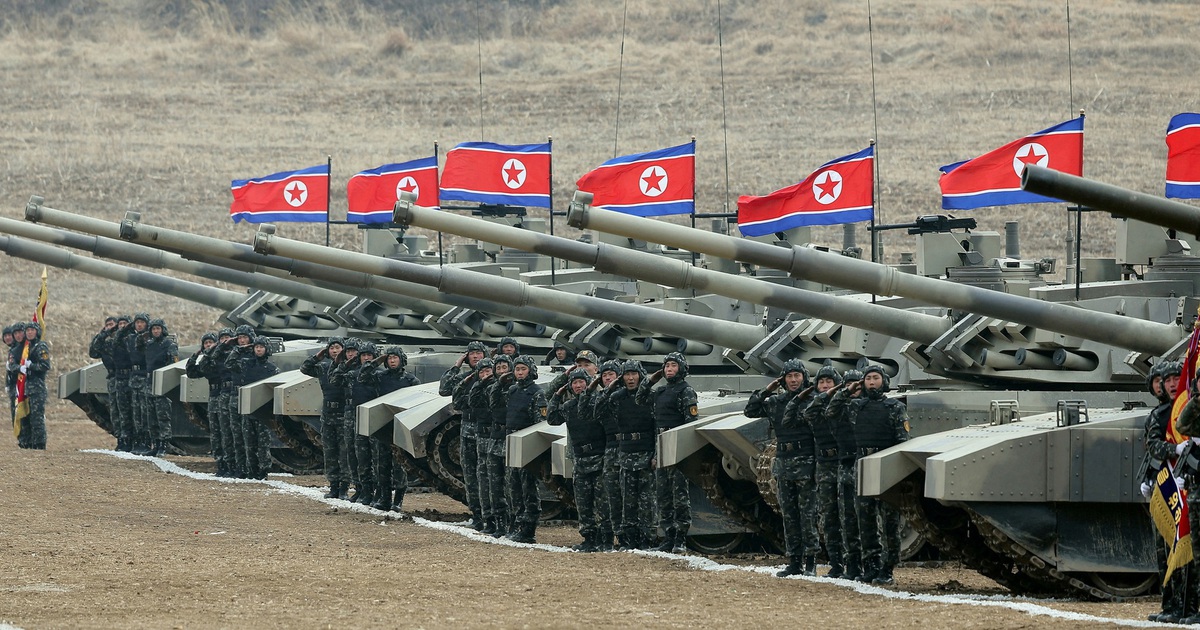
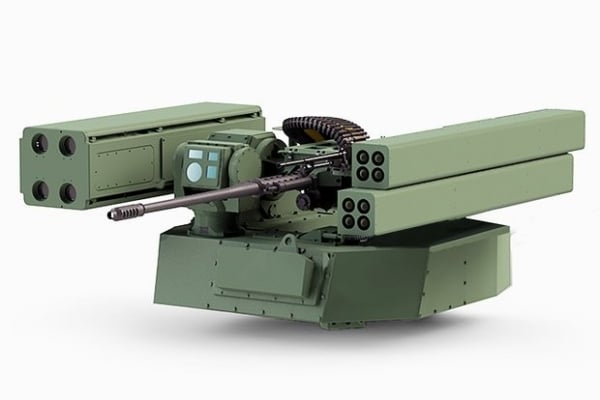

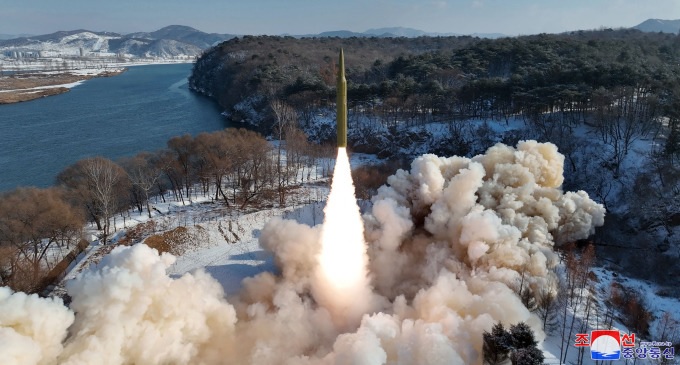

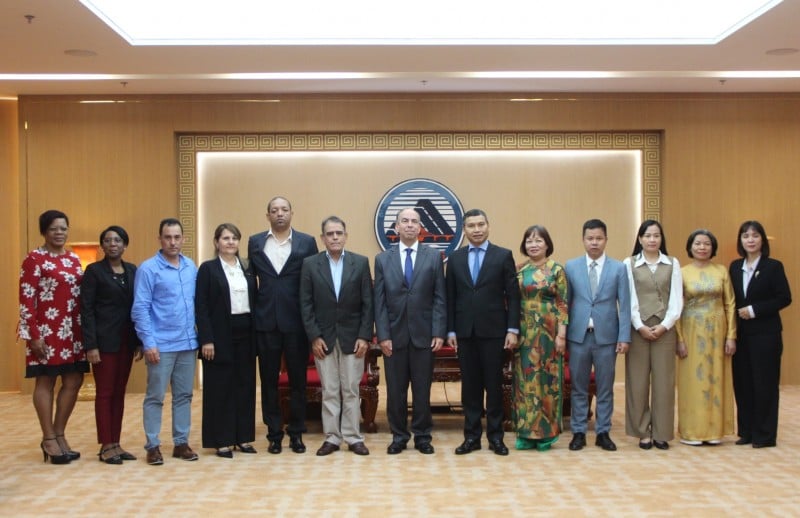
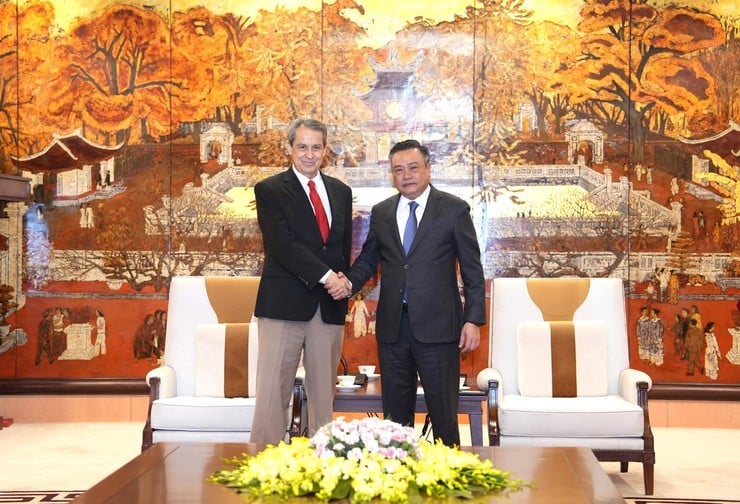

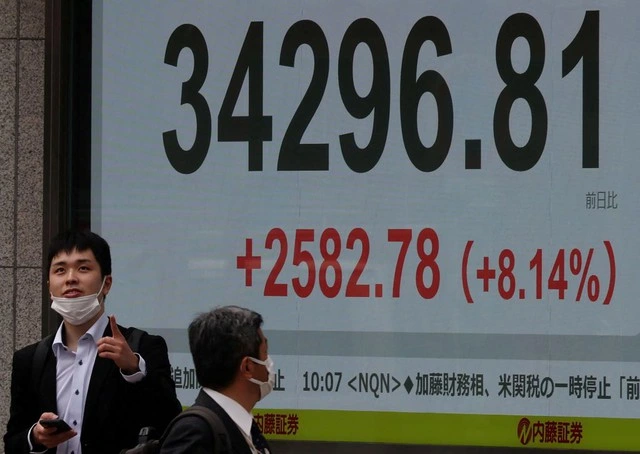
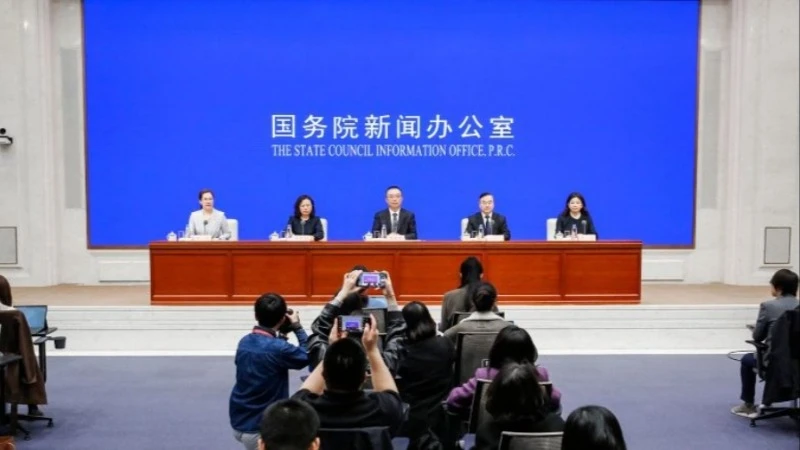
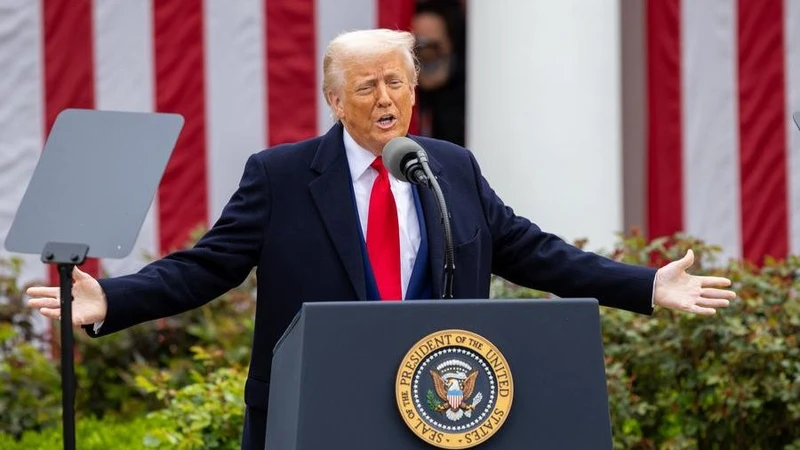


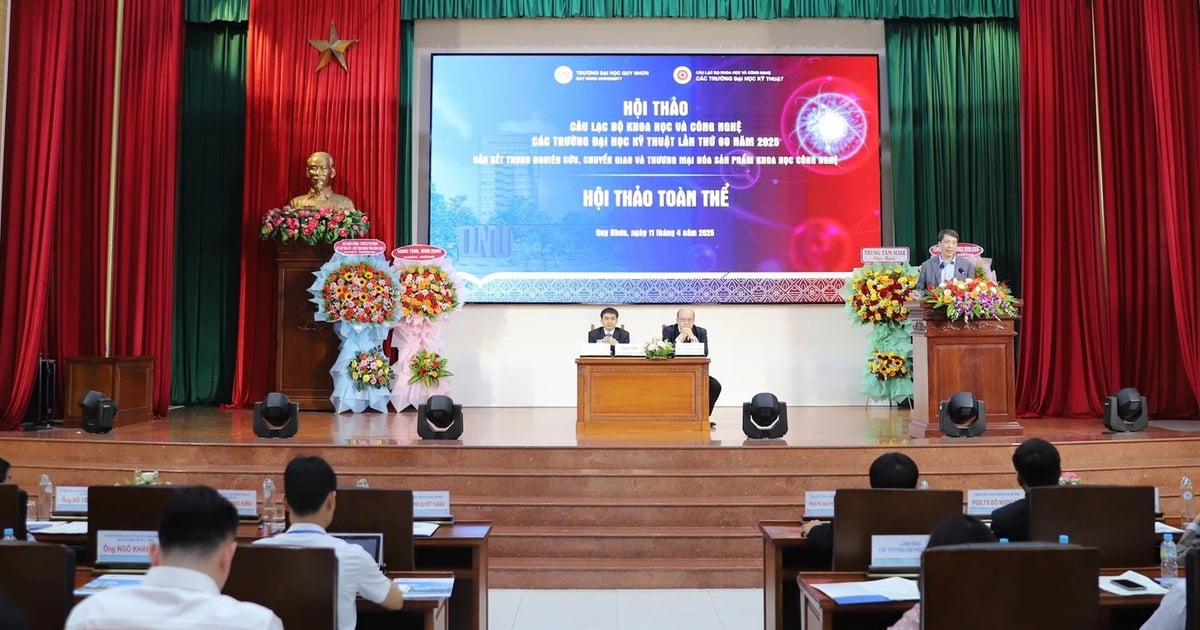




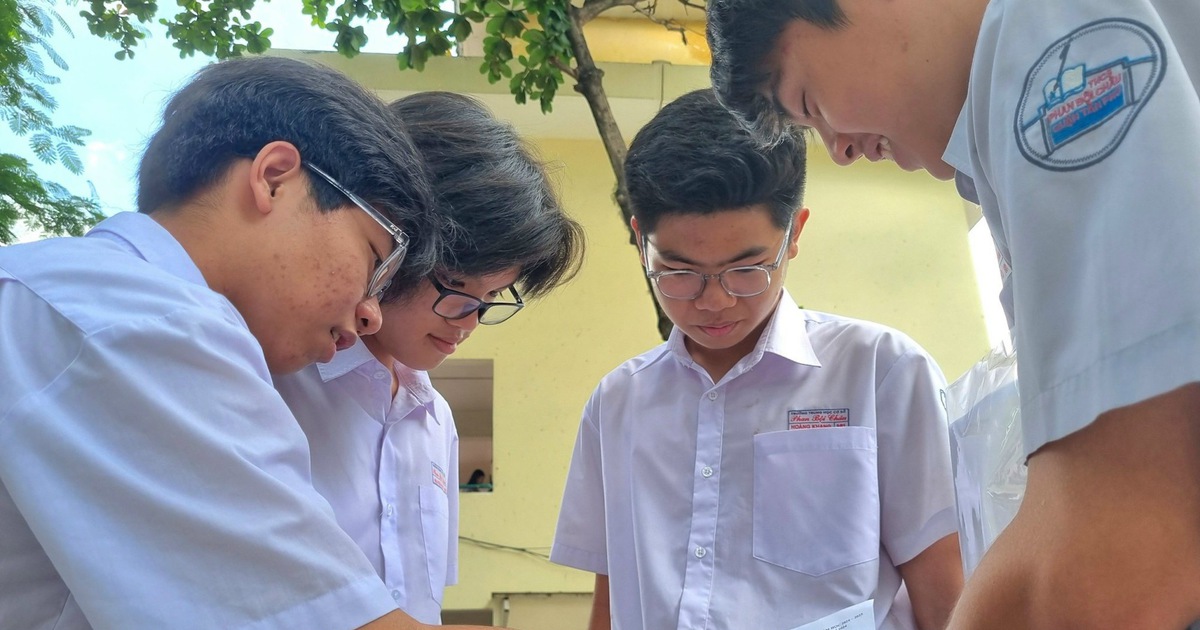

![[Photo] Summary of parade practice in preparation for the April 30th celebration](https://vstatic.vietnam.vn/vietnam/resource/IMAGE/2025/4/11/78cfee0f2cc045b387ff1a4362b5950f)





































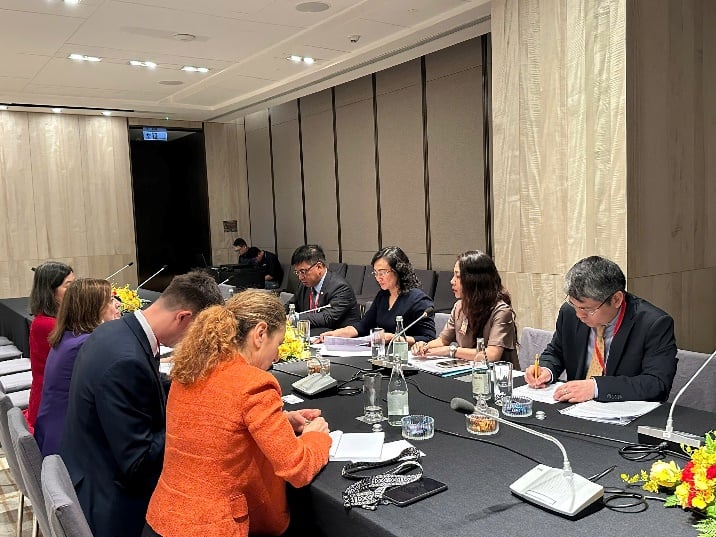




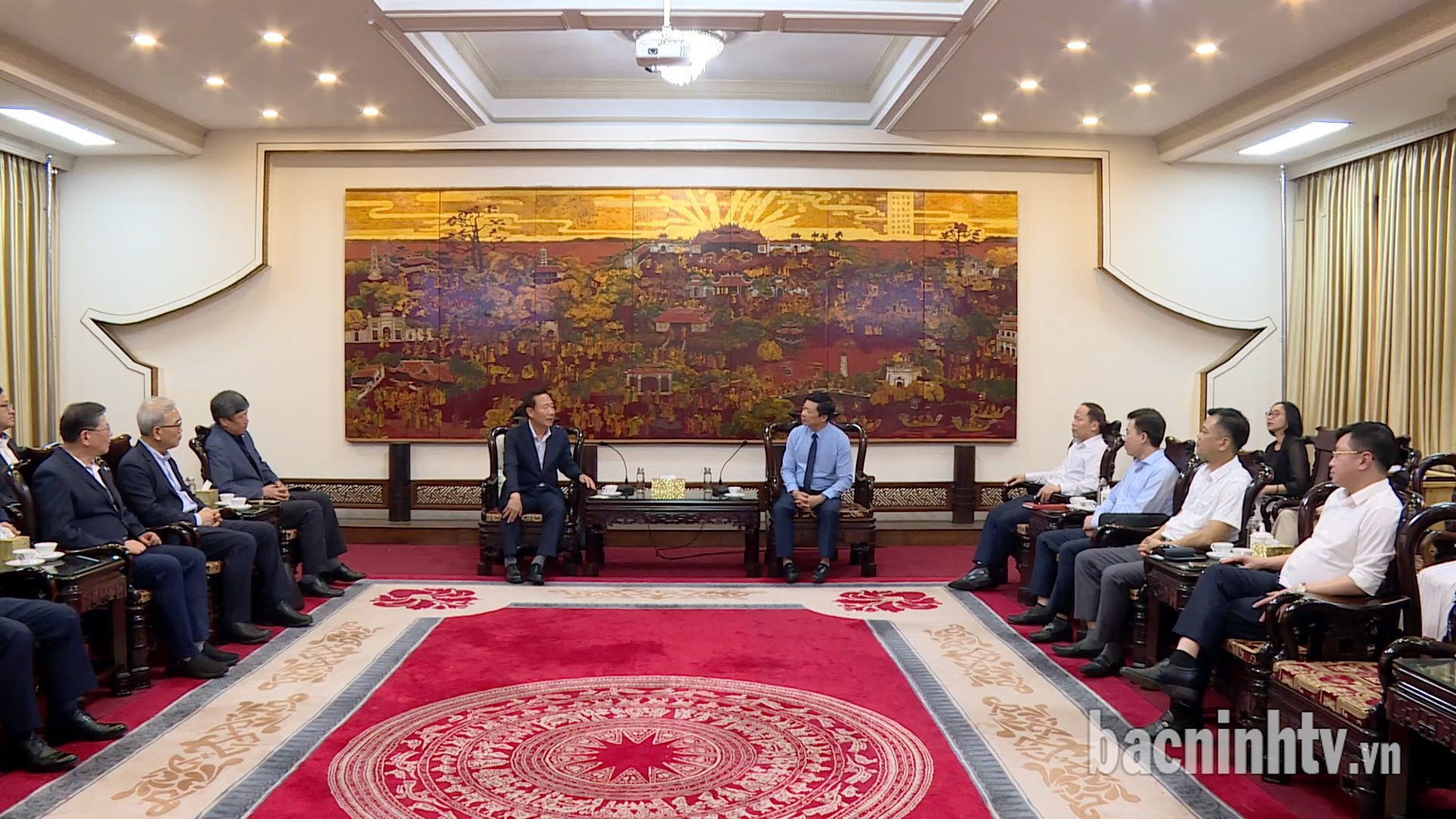
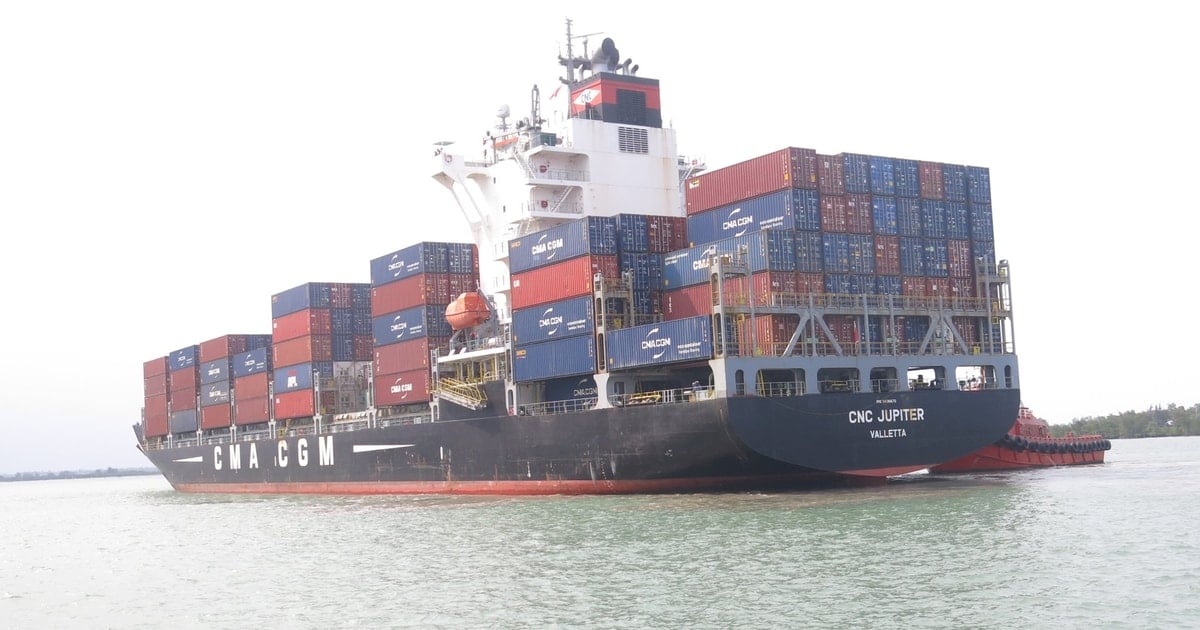



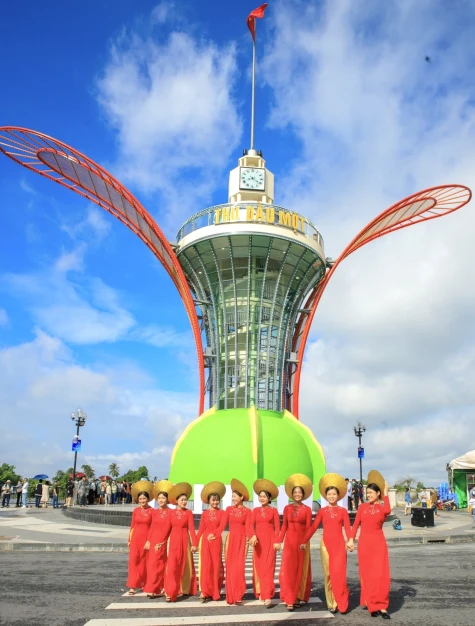















Comment (0)